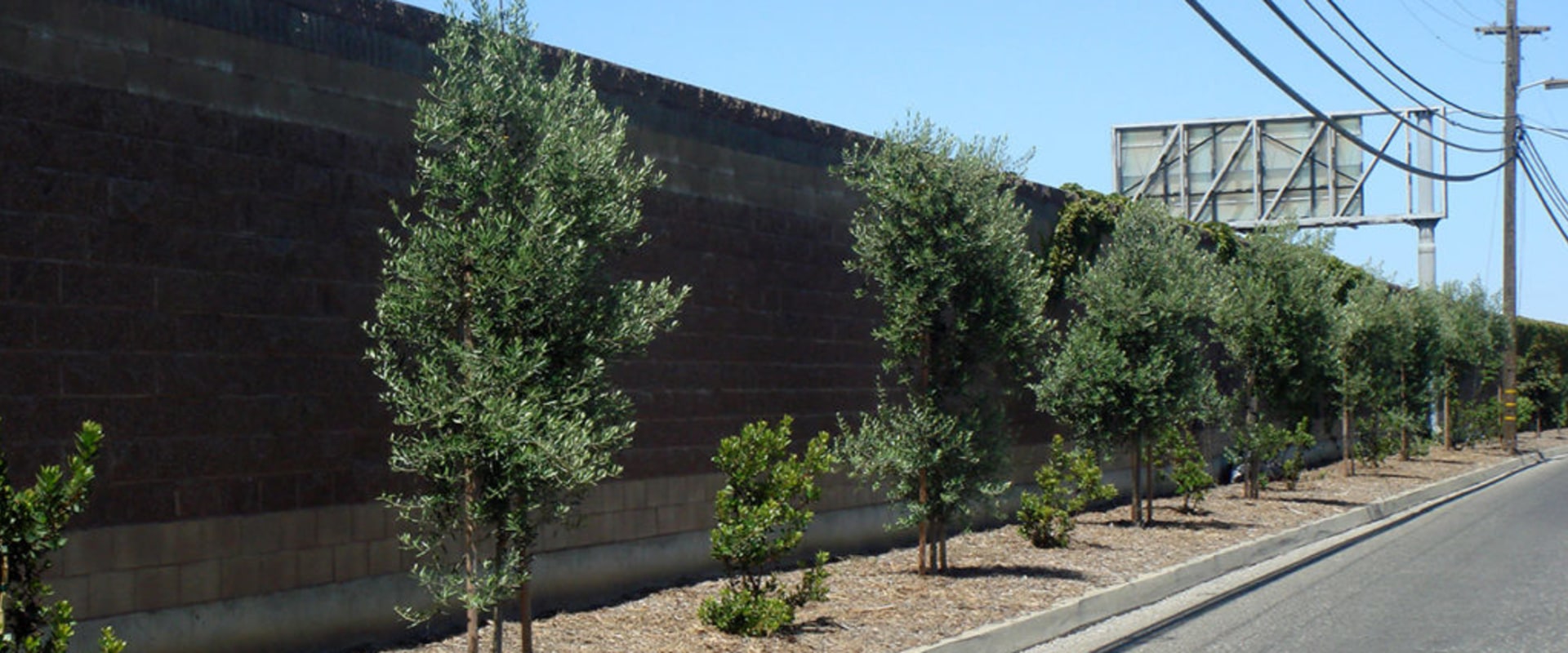Urban trees are a fundamental asset for cities. Trees sequester carbon, reduce energy use, remove air pollutants, filter stormwater and cool hot city streets by providing shade and releasing water vapor. Scientists continue to learn how trees play a crucial role in the green infrastructure of cities and towns across the United States. Trees light up city streets and enchant nature-hungry urban dwellers.
Wooded neighborhoods have less crime, less pollution, lower energy costs, and a better quality of life than similar open areas. Earlier this week I was teaching an Urban Tree Health and Identification Workshop in the Peoria area and some of the attendees posed the question of “how many trees are too many, and one lady pointed out that her front yard was full, but she still planned to add more. The MillionTrees NYC Initiative uses the model of experiments designed to engage environmentalists and designers in creating a large-scale, long-term urban green infrastructure research program. This combination of CO2 removal from the atmosphere, carbon storage in wood and the cooling effect makes trees very efficient tools to combat the greenhouse effect.
There is substantial literature indicating that trees provide benefits for municipalities and their residents, and this perception, in part, has motivated local, regional and global initiatives that promote urban tree planting (McDonald et al. Trees—and, collectively, urban forest—are important assets that require care and maintenance just like other public goods. Impact of tree location and arrangement on outdoor microclimates and human thermal comfort in an urban residential environment. Trees and other plants produce their own food from carbon dioxide (CO) in the atmosphere, water, sunlight, and a small amount of soil elements.
For example, urban basins in two Finnish cities with 30 to 40% permeable soils (parks and other green infrastructure) stored more than 1000 m3 of rainwater per ha per year, measured as the difference between the amount of water entering the basin and the discharge. A dose-response curve describing the relationship between urban tree cover density and self-reported stress recovery. However, trees can provide other ecosystem services even when planting is limited by the relatively limited spaces of dense cities. Focusing on comprehensive, phased planning along with designing specific sites and monitoring specific tree attributes that contribute to climate adaptation and human health can be more effective in integrating urban forests into sustainability strategies.
With a global perspective and looking to the future, trees will become increasingly important as urbanization expands and human populations claim more space. Therefore, localized cooling with dense tree plantations offers the potential for adaptation to the microclimate through highly specific design interventions that focus on parks, bus stops, pathways, school yards, community centers and other urban pedestrian gathering spaces that impact significantly in thermal comfort. Temporal dynamics, including tree demographics, host-pathogen interactions, extinctions, and other population and evolutionary processes, also influence the extent to which tree-planting efforts influence urban conditions. .
